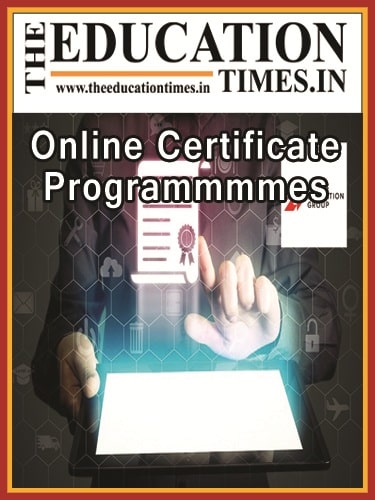By Niru Agarwal, Trustee, Greenwood High International School
On the occasion of International Women’s Day themed, DigitALL: Innovation and technology for gender equality,” an area that has to be looked at closely is the status of digital equality in the vast field of Science, Technology, Engineering and Mathematics (STEM) education. Significant progress has been made to close gender gaps in education over the last few years. Nevertheless, gender inequalities persist and education remains elusive for many girls particularly in the era of digital revolution and STEM education, which provides a foundation for students to apply digital literacy in designing technological solutions to solve complex problems in today’s era. STEM education and digital literacy overlap and interconnected gender stereotypes can impact the representation of girls in STEM spaces. This is because girls are traditionally taught that femininity means caregiving and taking responsibility for home duties and this is predominantly seen in hinterlands.
The pervasive stereotypes that STEM subjects and careers are better suited for boys impacts girls’ achievements in STEM and these stereotypes can also lead to lower investment in girls’ education. While there have been several initiatives and policies on girls’ education and overall wellbeing, addressing the digital and STEM divide still requires further attention and investment around the world.
Post pandemic, the world is speeding up on digitalization within the economy and the workforce is increasingly dependent on the ability to use technology. In such a context, if gender digital divide is not bridged, it could impact gender balance in society and young girls’ potential will remain untapped and continue to be underrepresented in STEM occupations and other career options. With increased digital adoption and use, girls will have greater employment opportunities and will overcome barriers to workforce participation. Providing community-based digital skills and training for out-of-school girls using community groups or forming STEM clubs for girls can boost digital education and engagement in these subjects.
Digital technology has changed the world. Particularly in the last 2 decades, digital advances have enhanced social and business connectivity, offered tech-based solutions for financial inclusion, and increased access to trade and public services. In education, virtual classrooms and distance learning have opened up learning opportunities to students who would otherwise be excluded. Technology can be a force for positive change, but those who are unable to access internet and technology are cut off from the benefits of this new digital era, and remain further behind. Gender norms must be redefined to reflect freedom in choices, interests and opportunities. Future aspirations of girls should be supported alongside creating safe pathways for them to transition into the STEM workforce. A positive approach and safe spaces can lead to increased participation and inclusion in this domain for girls.
STEM skills are pervasive in everyday life and contribute to the development of children, families, communities and countries. This shift needs actions that can create long-lasting change. It is well understood that STEM skills are critical to enhance employability across industries in India and around the world. The country’s National Science Foundation predicts that 80 percent of jobs in the next decade will require STEM skills. Young, educated girls in India have high aspirations to get into STEM careers, but converting their aspirations into actual career pathways poses a challenge due to societal stereotypes and family pressure, lack of organizational support, and the difference in abilities. According to a UNESCO study, women form less than a third of the global average of the STEM workers.
In conclusion, it can be said that role models play a major role in any positive discourse and girls’ interest and confidence in their ambition are enhanced when they are exposed to positive role models. Connecting STEM professionals with girls in schools for role modelling and mentoring could bring up gender equality in STEM education and careers. We belong to a digital generation and girls must have access to quality, comprehensive education, digital literacy and skills to close the gender gap. Let’s raise our hand for young girls and women to be game changers, thriving in and leading the world of education.


































